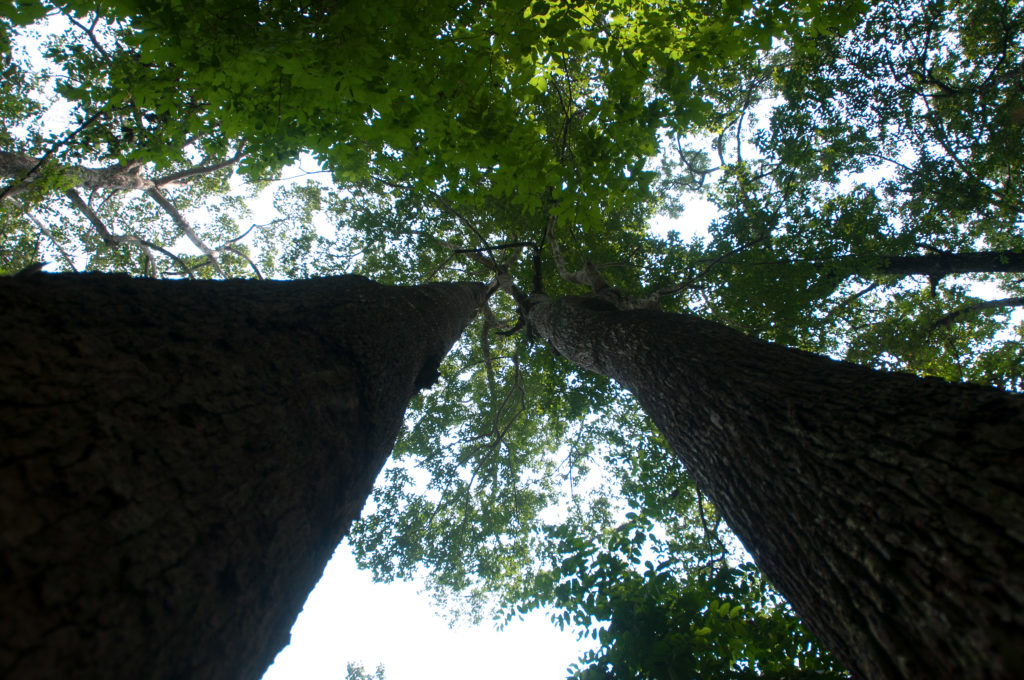An article in The Guardian of London on January 18, 2023, questions the effectiveness of REDD+ and forest carbon offsets if projects lack the proper oversight and monitoring standards necessary to achieve their goals of reducing carbon emissions and forest degradation.

But scientists at the Centre for International Forestry Research and World Agroforestry (CIFOR-ICRAF) are cautioning governments from abandoning the practice altogether, emphasising the critical need to reduce greenhouse gas emissions and the effective role REDD+ can play in mitigating the effects of industries that cannot decarbonise.
“Carbon offsetting is often presented as a panacea or as a dangerous distraction in relation to mitigating greenhouse gas emissions. It is neither one nor the other,” says Dr Robert Nasi, acting CEO of CIFOR-ICRAF, a global research and development organisation with more than 75 years of experience in harnessing the power of trees, forests, and agroforestry landscapes to address the most pressing global challenges of our time – biodiversity loss, climate change, food security, livelihoods, and inequity.
To achieve the goals set by the Paris Agreement, we must drastically reduce our dependence on fossil fuels by 90%, stresses the organisation.
“But as not all sectors can be decarbonised, this is where scientifically sound, equitable and transparent carbon offset schemes can play a role. Forests and trees (and the oceans) are particularly effective at absorbing and storing carbon dioxide.
“They also provide many other benefits: they are home to a diverse array of plant and animal species, and they help to regulate the Earth’s climate by releasing water vapour and absorbing sunlight. Forests also help to protect against soil erosion and flooding and provide resources such as timber and non-timber products,” discloses CIFOR-ICRAF.
It lists win-win forest and tree-based solutions to include:
- 1. Protecting intact, and largely intact, forests to preserve biodiversity and ecosystem services. Indigenous-controlled lands play a major role here
- 2. Managing production forests and plantations better, to provide much-needed materials for shifting from a fossil-fuel-based to a bio-based economy, and replace materials with high carbon impact like cement and steel
- 3. Increasing the presence of trees in agricultural lands through diverse agroforestry systems
- 4. Restoring, in a locally adapted and accepted manner, the vast amount of degraded land on our planet, to yield a bundle of critical ecosystem-based goods and services
The group notes that each of these solutions has the potential to become forest or tree-based carbon offsets; they also bring along a myriad of other benefits, with carbon storage becoming one of the by-products of better care of our land.
However, carbon offsetting through forests and trees also has its downsides. One major concern is that these projects can displace local communities, particularly in developing countries where land is often scarce.
“Furthermore, many carbon offsetting projects take place in remote areas, making it difficult to monitor and verify the actual carbon sequestration taking place. Another problem with carbon offsetting through forests and trees is that it is often a short-term solution to a long-term problem. Trees and forests take time to mature and reach their full carbon sequestration potential, and even then, they may not be able to fully offset the emissions being produced.
“In sum, carbon offsetting through forests and trees can be a valuable tool in the fight against climate change, but it is important to approach it with caution. Careful consideration must be given to the potential negative impacts on local communities and the need to monitor and verify carbon sequestration. It is also important to recognise that while carbon offsetting through forests and trees can help, it is not a substitute for reducing our overall carbon emissions. It’s clear that carbon offset projects will never be able to curb the emissions growth if fuel-fed power stations continue to be built or petrol cars continue to be bought.”
“We are like the Red Queen in Alice in Wonderland who needs to run endlessly to stay in the same place,” says Nasi. “This is not to say that carbon offset projects should stop – quite the opposite. We must continue to restore forests and peatlands while also scaling up renewable energy and energy efficiency projects via offset schemes. But it cannot simply be an excuse to continue business as usual. Like the Red Queen, we must run faster if we want to go somewhere.”
